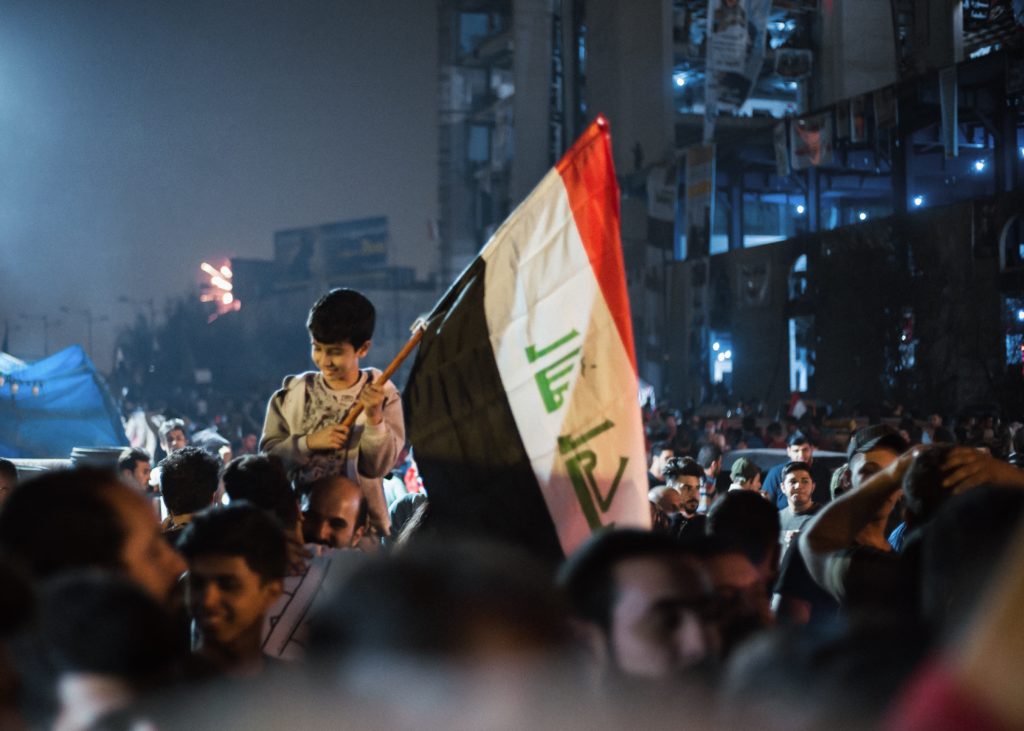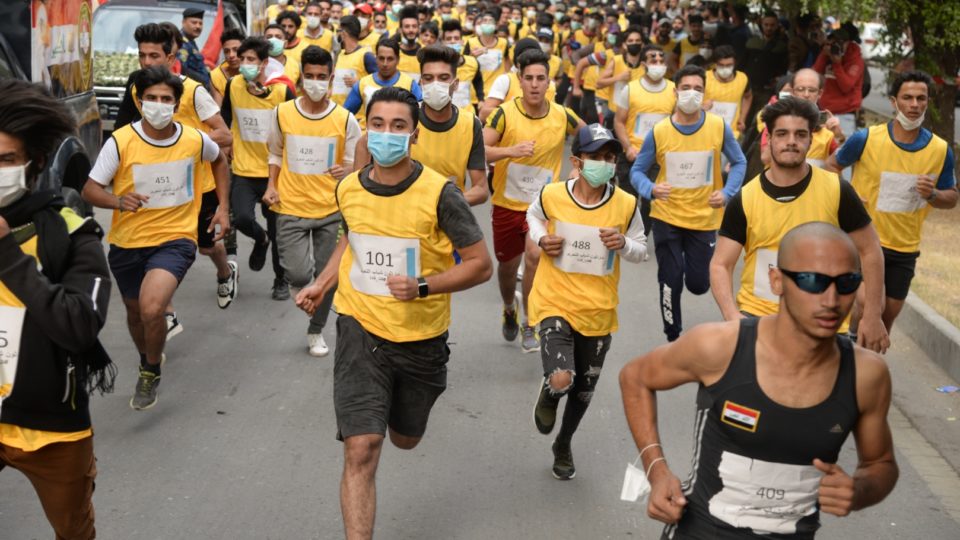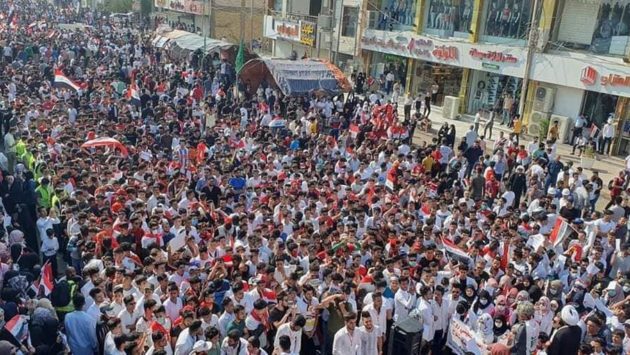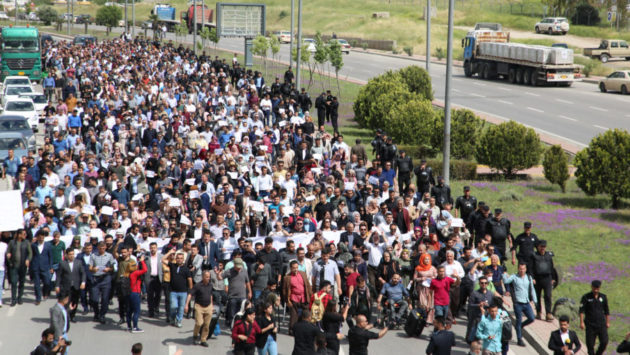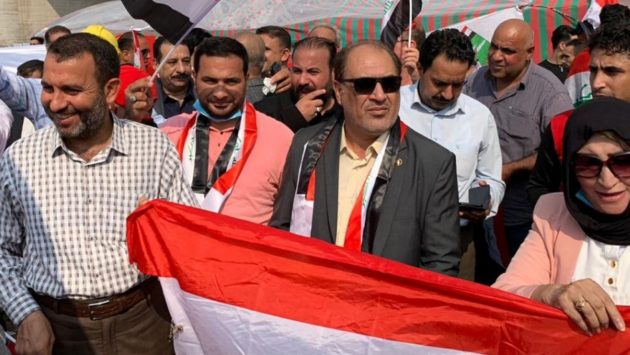Peaceful Activities Continue Despite Bullets from the Government
The Iraqi Civil Society Solidarity Initiative
25 November 2019
Since 1 October, peaceful demonstrators have been out on the streets and in public squares in southern and central Iraq calling for their legitimate rights to live lives of peace and prosperity. These nonviolent protestors have been neither recognized nor listened to by the government, instead, they have been met with excessive violence resulting in the killing of more than 320 people and the wounding of 15000 others.
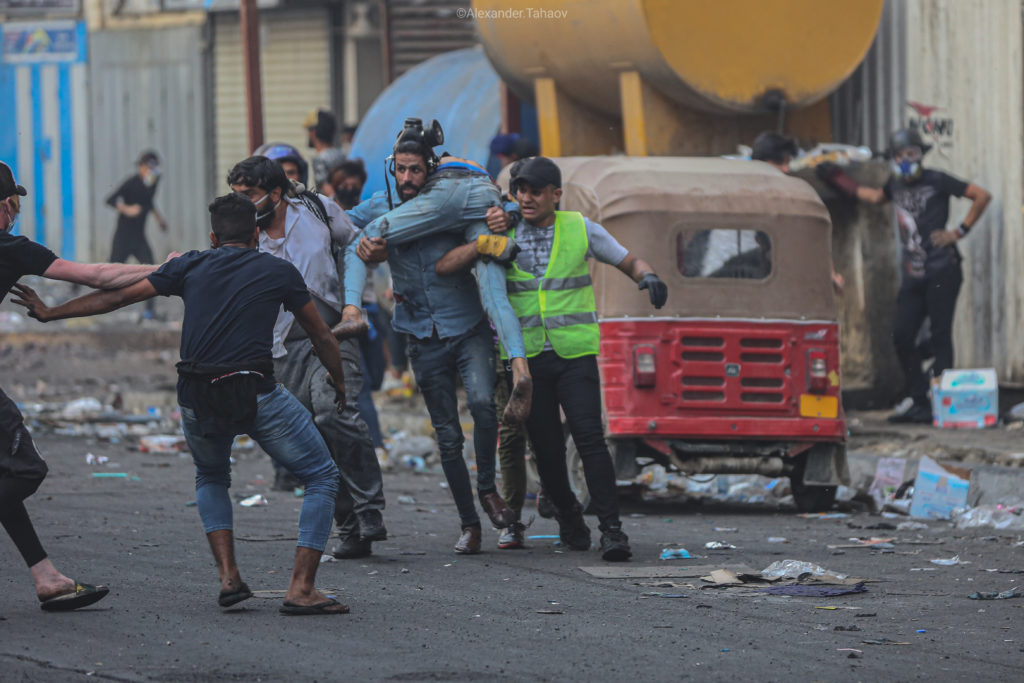
Strangely, the violence that was meant to disperse the demonstrators has united Iraqi people of all ages, sects, religions, and backgrounds — they have come together to support each other against their common enemy, the corrupt government and the corrupt ruling system.
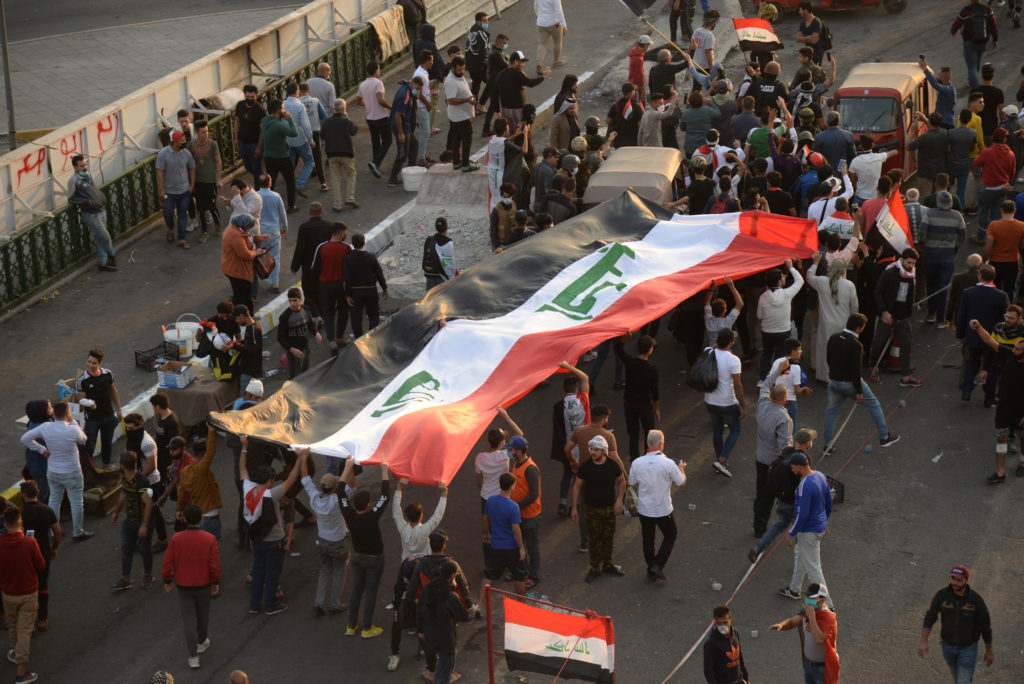
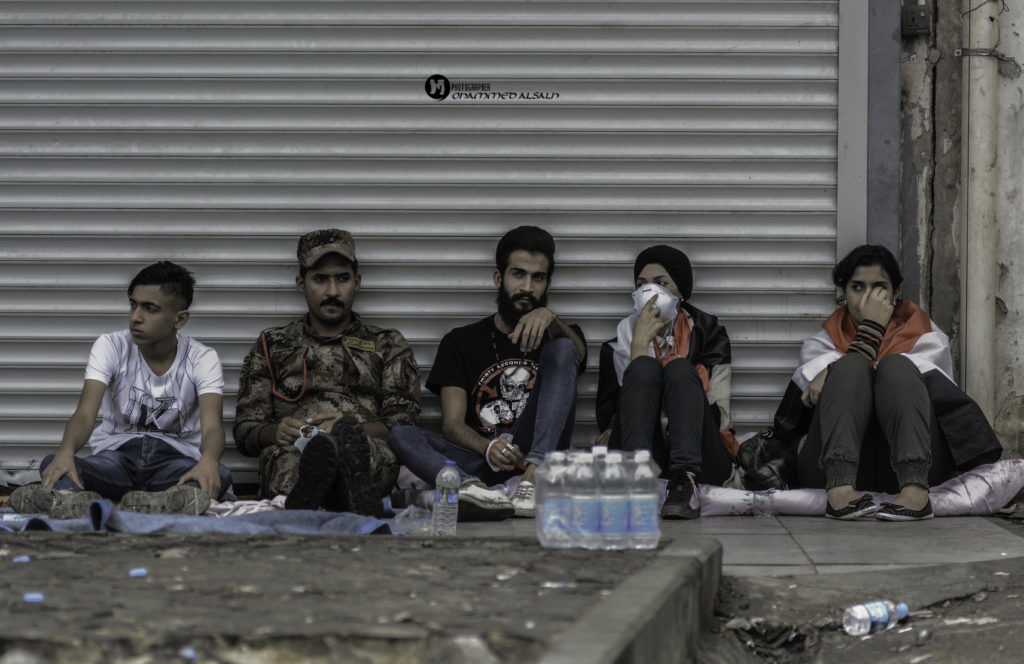
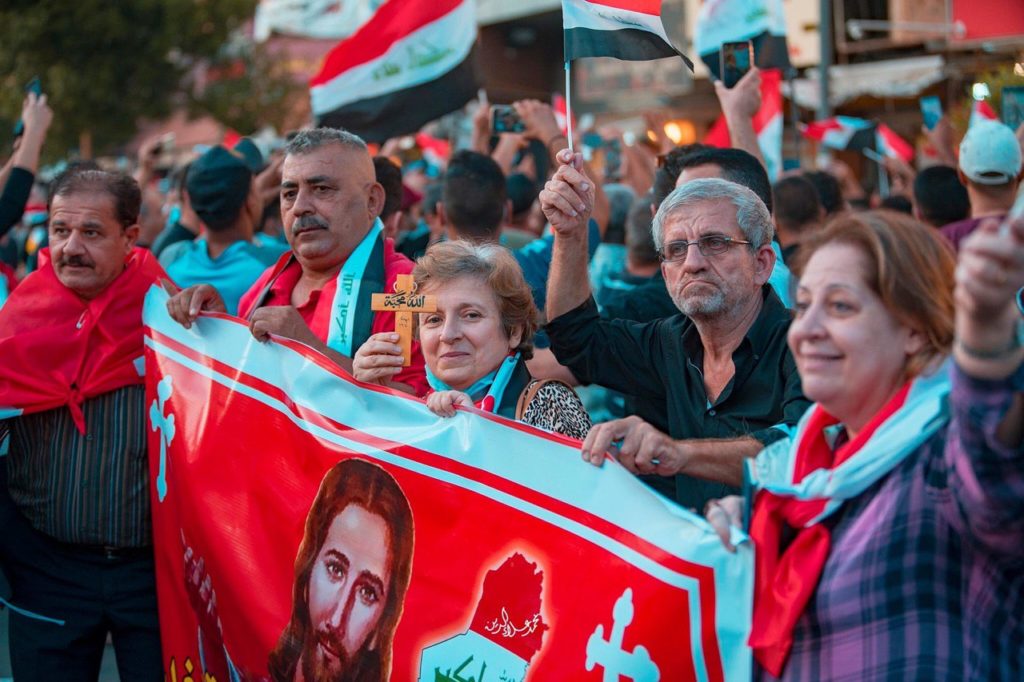
If you go to Tahrir Square in Baghdad, or indeed to any of the squares where peaceful protestors have gathered in southern and central Iraq, you will find people chanting against the government, calling for officials to resign and to get rid of the unfair and divisive system that is built on sectarianism and quotas. You will find those who are not chanting are providing medical support, food and supplies to the demonstrators, as well as encouraging and giving them the strength to continue.
Women and girls have had their part in the nonviolent demonstrations as well; they are not only supportive but are one of the essential elements of the demonstrations themselves. These women and girls have helped the injured, carried the wounded, provided food and supplies, painted inspiring slogans on walls, washed clothes and cleaned the streets. But most importantly, you will find these brave women and girls on the frontlines of the demonstrations, calling for freedom and justice.
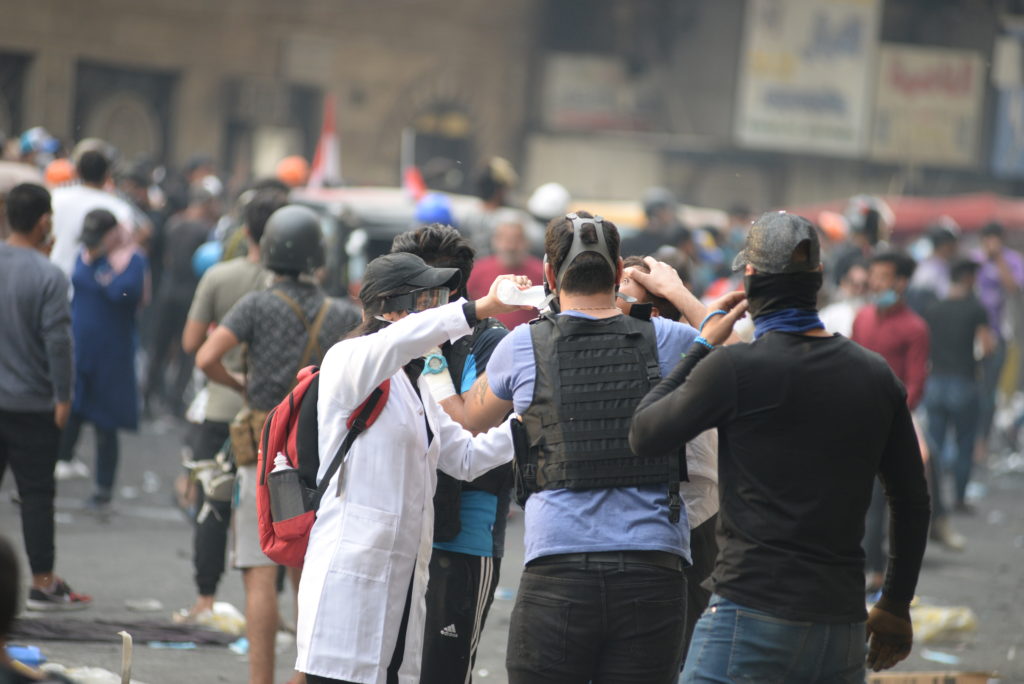
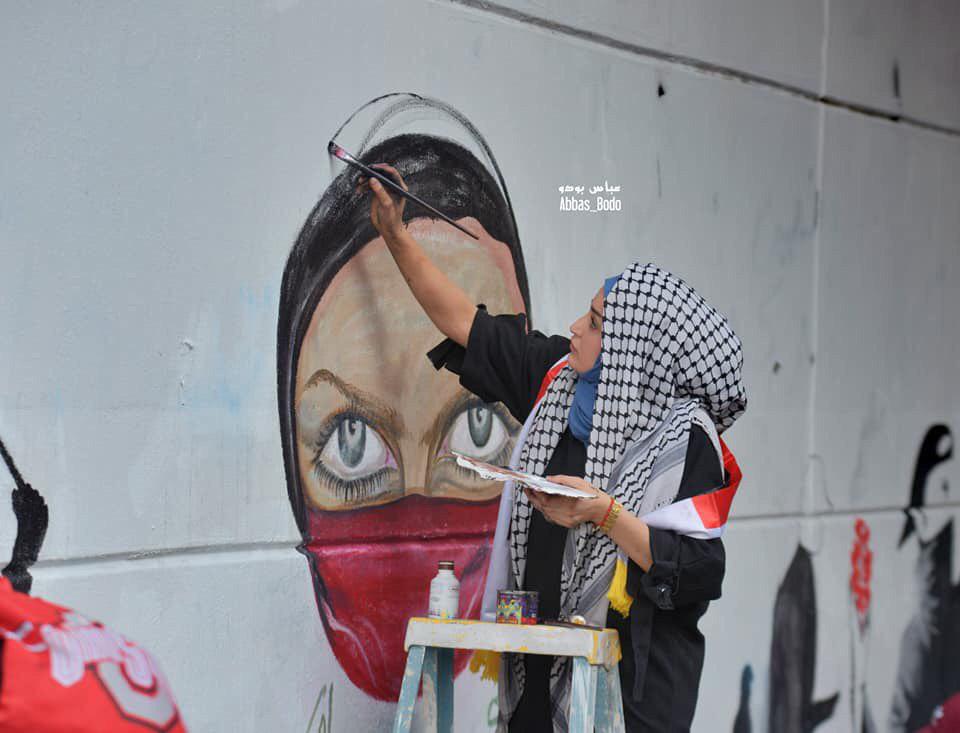
Tens of thousands of students who haven’t come together as a group in any big demonstration for more than 40 years, have not only participated in this demonstration but are one of its main pillars. They continue to protest against the government and support the demonstrators gathered in public squares, despite the many threats and warnings they receive from the government. Many young students have long been silenced, but they have decided that now is the time to break this silence and ask for a better education and a brighter future.
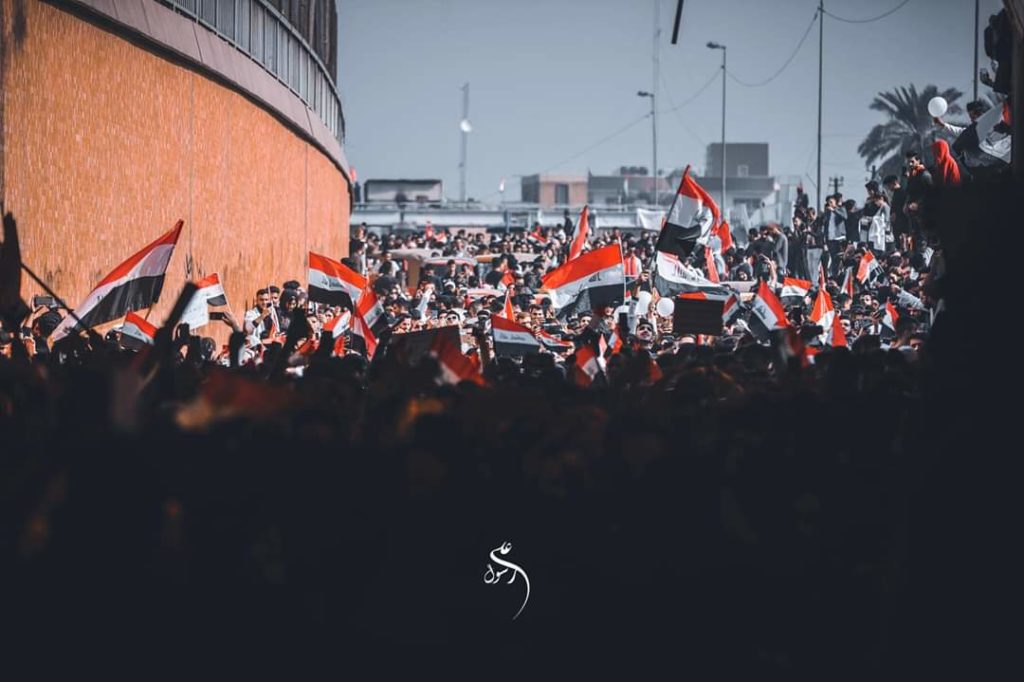
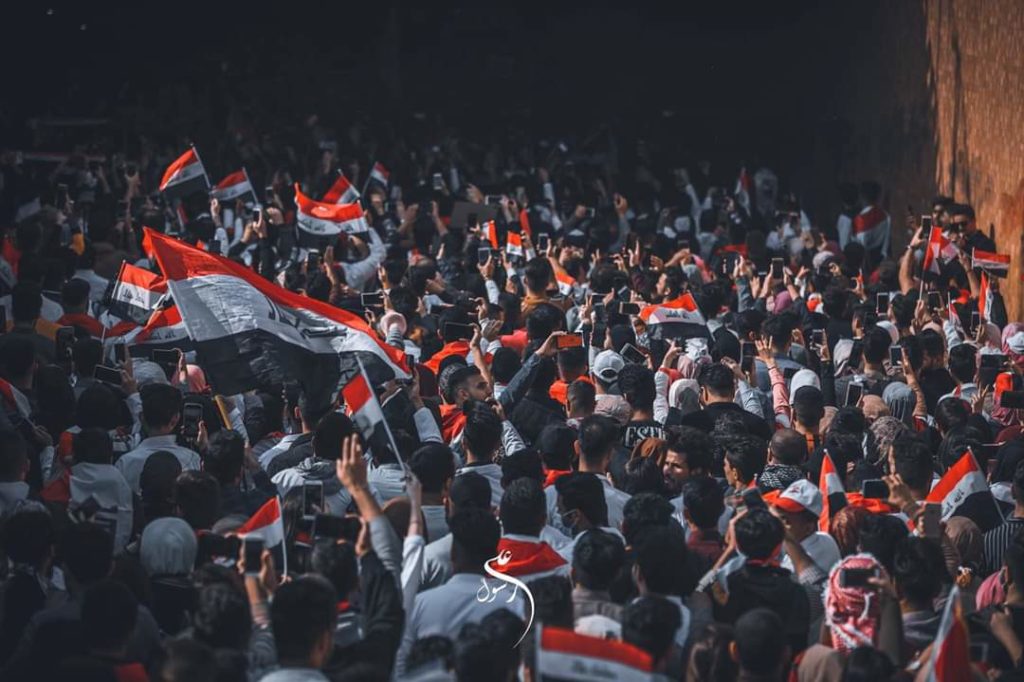
Some people involved in the nonviolent demonstrations have been creative at this critical moment and are making their voices heard through art. Streets of Tahrir and other public squares are now filled with paintings, colorful graffiti illuminates walls that were once were drab, now brought to life through the beautiful drawings of young people. Others have come with guitars and played for the demonstrators on the streets and in Uhud mountain. Others have played football or created ‘cinema tents’ where they showed movies, the Iraqi Football matches, the Al-Basheer Show, a famous comedy show which was one of the first to talk publicly and honestly about the government and militias.
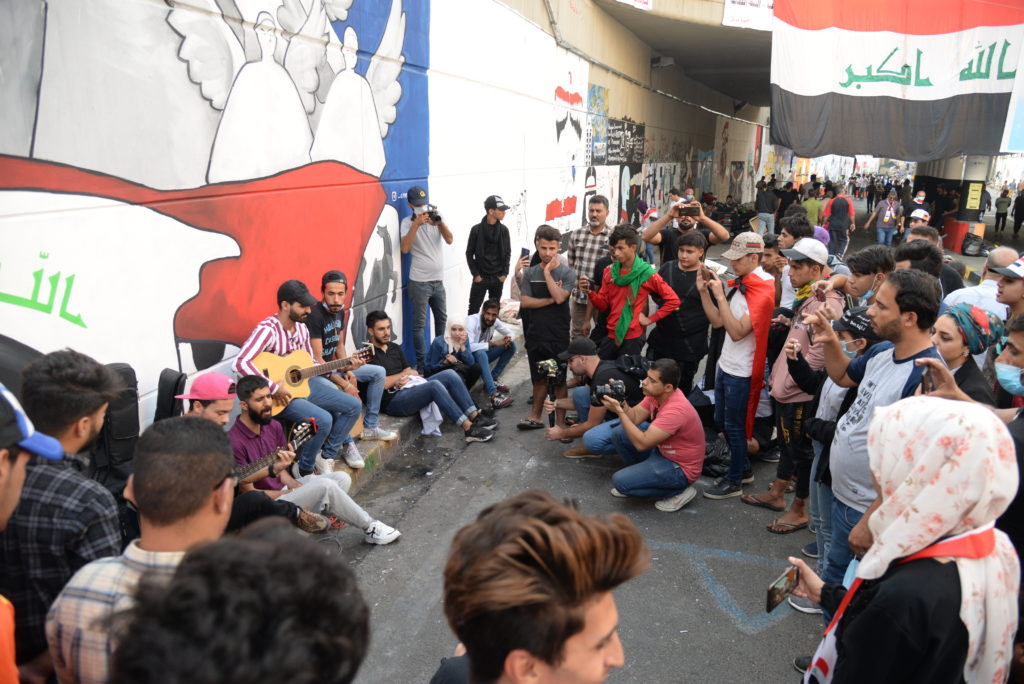
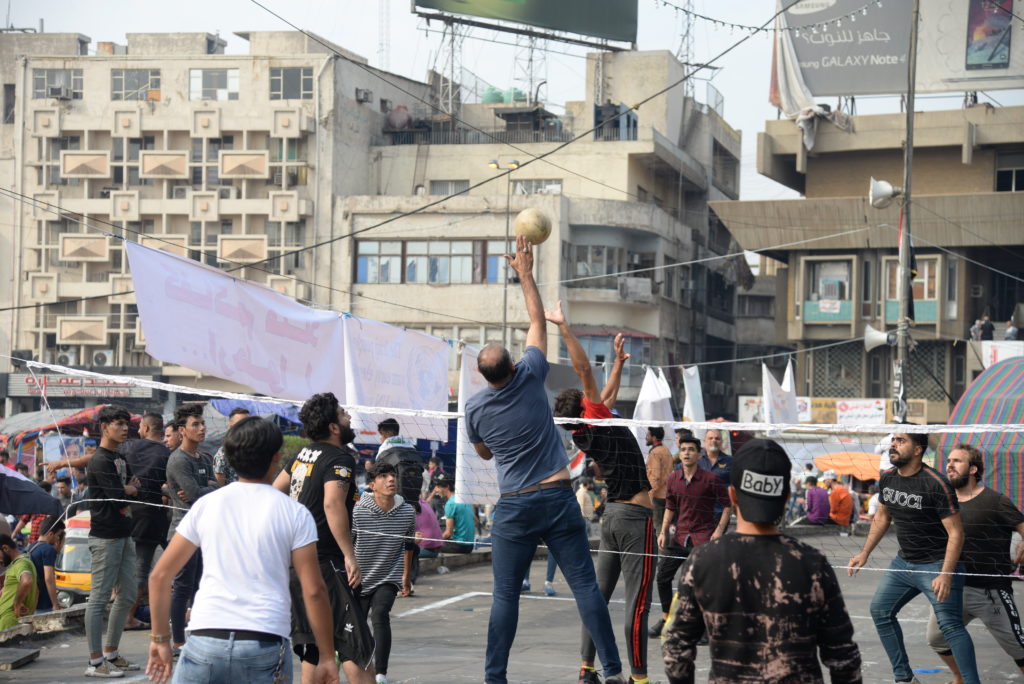
Other people have thought of other ways to send their message. Each year, the Sports Against Violence organization organizes a “Marathon for Peace” but because of the current situation in the country, the marathon was postponed until further notice. However, many young men and women would not be deterred by present circumstances, they came together and decided to put on a mini-marathon in its place on 23 November. They named it the “Youth of Tahrir” marathon and it is the creation of no NGO nor other outside groups, but solely of the peaceful demonstrators in the public squares. The mini-marathon was a 5K run, starting near the Jimhoriya bridge and circling twice around the Ishtar Hotel. There was no sponsorship, logos, or prizes. The nonviolent protesters only wanted to express their solidarity and highlight what’s happening in Iraq, specifically the repression of the government against their peaceful demonstrations. Participants of the marathon carried the Iraqi flags and wore face masks as a sign of the excessive use of tear gas used against peaceful demonstrators.
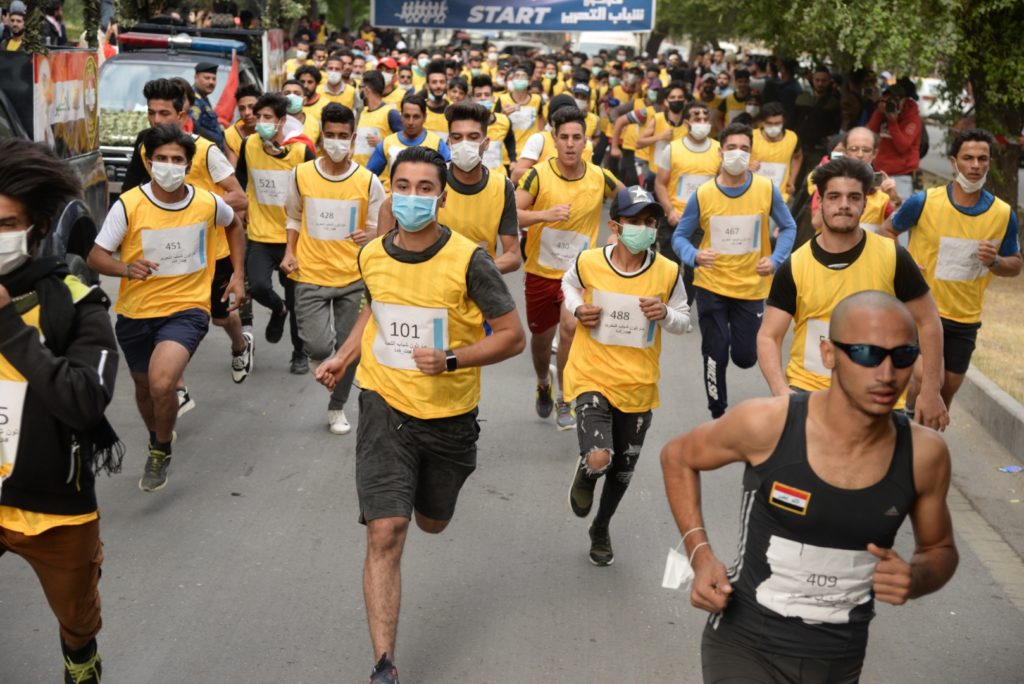
Activists wanted to deliver a message, first, to the Iraqi government and its militias that they will not succeed in turning the peaceful demonstrations into violent ones, and second, to the international community that young Iraqis are still standing tall and are still peaceful, despite the brutal killings and kidnappings they’ve endured for 30 days, since 1 October.
Is the international community going to take action to stop this horrific violence and press the government to fulfill the legitimate requests of the people, or will it just stand by, passively a part of the killing?
